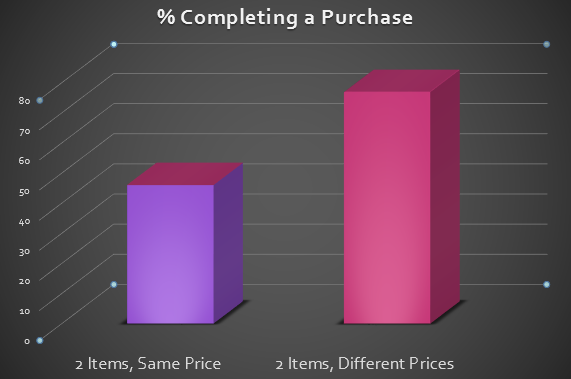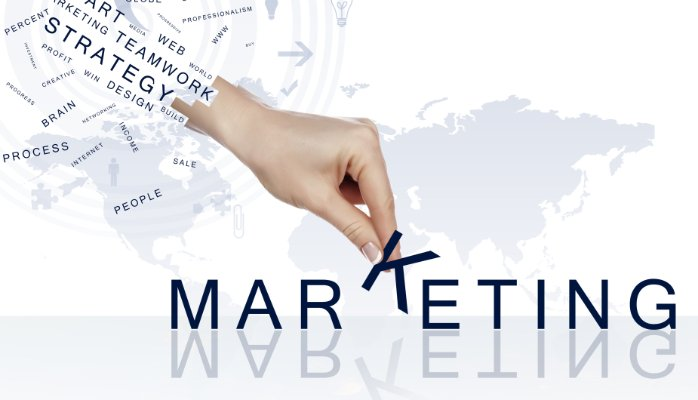Pricing is one of the most vital and highly-demanded components in the field of marketing. A company’s pricing strategy gives the consumer an idea of the standard of the product and affects the customer’s decision on whether or not to purchase the product.
There is an high and cut-throat competition in the retail market today. For this reason, companies and businesses must always be alert and keep an eye on the opposition actions. A simple mistake could affect the comparative advantage of the company in the market.
What is Pricing Strategy?
Consumers these days are very selective of their purchases. The technological advancements help the consumers get an idea of the monetary value of a product. Price comparisons can be easily done online. Therefore, firms must be mindful of all the factors that might affect their sales and price their products accordingly.
This is where pricing strategies come into the picture. To be able to price your product in a way that you attract customers is what pricing strategy is. Businesses use a variety of pricing strategies while selling a product or service. Prices are set in a way to maximize profitability and also to defend a new product in the existing retail market.
Pricing strategies in marketing
Along with well-defined retail pricing strategies, there are some nicks and tricks that can affect your sales. Trivial details that are almost always unnoticed can cause a big impact in the sales of a product.
Below are listed some of those tricks that you can follow to try and increase the sales of your product:

Similarity brings down sales
A research from Yale says that if customers are exposed to two similar products priced similarly, they are often less likely to buy either of them.
An example for this pricing strategy would come from an experiment. Here, customers were asked to choose a pack of gum from two similarly priced packs of 63 cents. When the results were observed, only 46% of the consumers made the sales. Whereas when the packs were differently priced, as 62 and 64 cents, 77% of the consumers chose to buy a pack.
Price Anchoring
Anchoring is the tendency to rely on the first piece of information provided for making decisions. When a product is compared with another product, which has a lower quality and pricing, the product with the higher price seems to have more value and is considered the better choice.
The last digit ends with a 9
Ending prices with the number 9 is one of the oldest methods of pricing strategies. As silly as it may sound, this strategy actually helps increase sales, according to a research from the journal Quantitative Marketing and Economics.
In an experiment, consumers were exposed to two different options:
- Previously $60, now just $45
- Previously $60, now just $49
Surprisingly, the sale price that ended with 9 generated more sales, even though it was more expensive.
Keep the prices simple
Journal of Consumer Psychology published a paper of a research where it said that the prices that contained more syllables seemed to be higher to the consumers. Apparently keeping it simple is one of the best pricing strategies out there.
For example, $1,499.00 sounds a lot more expensive compared to $1499.
Willingness to spend more
When you have a choice of opting for a drink from one that comes from an upscale hotel and the other that comes from a run-down grocery store, which drink would you rather choose? Many times people would opt for the good drink even if it cost more. This shows that people are ready to pay higher prices to get a product of guaranteed good quality.
Product Pricing Strategy
Pricing strategies are very complex and challenging. There are no shortcuts. Thus as an entrepreneur, setting a price effectively for your product would be a daunting task. But with a few strategies in mind, this task can be made easier to approach.
Unlike the tricks we discussed above, these pricing strategies are well-defined and help achieve maximum profit and increase the sales of your product.
Premium Pricing of your product
In this pricing strategy, you set the price of your product higher than that of your competitors. This method is generally useful for a fairly new product or a unique product in the retail market.
With this strategy, you make sure that your customer perceives the product to be worthy of the higher price
Penetration into the market
Market penetration strategies attract buyers with lower prices for their products and services. Although this method is effective in pulling the attention away from your competitors, in the initial days of establishing the product, some losses may still be incurred. Over time, as the popularity of the product increases and you have an established reputation, you can slightly increase the price and still retain and gain new customers.
Economic Pricing Strategy
This method targets those customers who are highly conscious of their expenditure and want to spend as less as possible. This strategy helps you bring down your costs by removing marketing and production costs. As a result, customers get what they need without frills.
This technique could be dangerous for small companies as they could struggle to generate profit when prices are too low.
Creaming or Skimming
In this pricing strategy, companies set high introductory rates for their new products to maximize sales. Since increasing the price reduces the customers to a select few, the technique is called skimming.
One of the benefits of this pricing strategy is that it allows the company to generate profit on loyal early customers before reducing the prices to a greater audience. It not only helps recoup all the development costs but also sets an illusion of a greater quality of the product compared to others in the market.
Psychology Pricing
This pricing strategy allows customers to buy the product on emotional terms rather than logical ones. For example, trying to sell a $200 watch to $199. The prices are almost similar, yet, the $199 watch sells greater. This is because the customers are hard wired into concentrating on the first digit of the price rather than the last one. The goal of this strategy is to increase the demand for the product by creating an illusion of an amplified value for the product.
Bundle Pricing
When buying a product, the one that comes in a combo or pack of 2, 3, or 4 is considered to be a more intelligent option, because most times, it costs lesser. This pricing strategy is called bundle pricing. Selling the product in bundles with lower rates compared to those sold individually is an effective way to clear your unsold products and it also helps increase the value perception in the eyes of the customer.
Some effective examples of pricing strategies
Starbucks once increased the prices of its beverages by a margin of just 1%. With this, the large brews had their prices go up by almost 10 cents. It wasn’t a very big change on the level of individual products. Yet, the net income of Starbucks increased by 25%, from $333.1 million to $417.8 million.
In a certain experiment on beer, people were offered two types of beer—a premium for $2.50 and a bargain beer for $1.80. After gauging the results, it was observed that 80% of the customers chose the premium beer.
In the next case, a super bargain beer was introduced at the price of $1.60 along with the two, and it was observed that 80% of the people now bought the bargain beer for $1.80 and the rest went with premium. With so many choices available, the super premium beer was not even considered as an option. With this example, we can see that by giving choices to the customers, it is possible to influence their choices of buying a product.
Pricing strategies are one of the most important strategies that need to be implemented to sell your products and also increase sales. Keep in mind that setting a certain price for your product might seem like a difficult task, but with the use of proper tactics and tricks, you are sure to sell as many products and become a well-established business in the retail industry.

